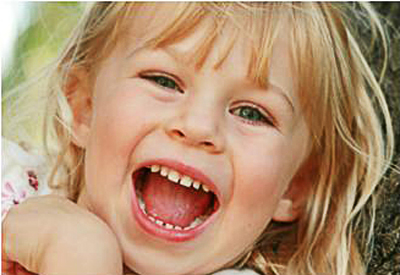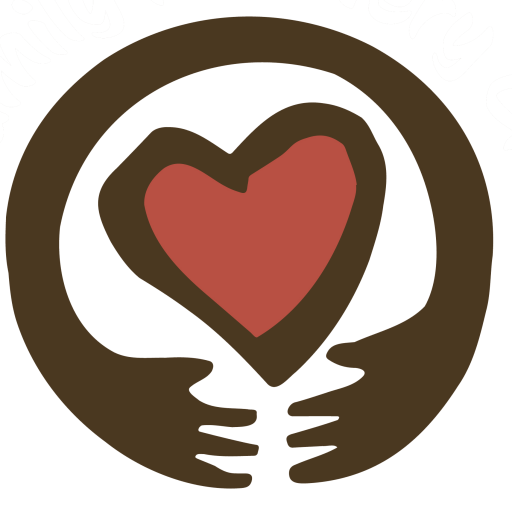Foster Care
The 2009 Data Book
New report shows progress toward child welfare goals
The Oregon Department of Human Services (DHS) announced today the release of 2009 information and statistics about children in Oregon's child welfare system. The 2009 Child Welfare Data Book, designed to provide more timely information about the children who come into Oregon's child protection system due to abuse or neglect, is now posted online.
This is the first time Oregon has released child welfare information in this more streamlined "data book" format. The 2009 Child Welfare Data Book contains the information that was included in the Status of Children report - but presented in a timelier manner. Under the leadership of Erinn Kelley-Siel, director of Children, Adults and Families, DHS began to strategically focus its efforts to safely reduce the number of children in state foster care. The new report shows that those efforts are showing results.
A total of 13,291 children spent at least one day in foster care in 2009, continuing a trend of reductions over the past two years. On any given day last year, about 8,500 Oregon children were in foster care, and that number was nearly 9,800 just two years ago.
Although the number of children in foster care in Oregon declined, the state continues to place more children in foster care than most other states in the nation.
"Children and their families are the greatest resource we have as a state. Our job to protect and support the healing of some of Oregon's most vulnerable children and their families is critically important, and we are committed to continuously strengthening and improving our work," said Kelley-Siel.
"In this economy, the challenges facing children and their families, and the systems that support them, are becoming increasingly difficult and complex. This report demonstrates the child welfare system's efforts to respond to those challenges. Although there is more work to be done, the numbers in this report reflect the stories of thousands of children who are safer as a result of the department's work," said Kelley-Siel.
In 2009, DHS received 67,885 reports of child abuse and neglect - one report every eight minutes. That is an increase over 2008's total number of reports (65,460) and illustrates the importance Oregonians place on reporting suspected cases of child abuse and neglect. Investigations of these reports found that 11,090 children were victims of child abuse or neglect, an increase from last year's number of confirmed cases. Almost half of those victims were younger than age 6, and most - nearly 95 percent - were abused by someone in their family, most often a parent.
More than 1,100 children had adoptions finalized last year, and 78 percent of those children were adopted by relatives or foster parents. In 94 percent of cases, siblings were adopted together, preserving an important family connection for children.
Since 2007, the Oregon Legislature has made critical investments in four key areas of Oregon's child welfare system -- targeted addiction treatment and recovery services for parents, foster care reimbursement for relative caregivers, enhanced legal reviews in child dependency cases and additional child welfare staff.
Building on those investments, Oregon has set goals to safely reduce the number of children in foster care and to ensure that children in the child welfare system are safe, stable and healthy:
- Increase the number of children who remain safely at home after a founded report of neglect.
- Eliminate disproportionate treatment for children of color in foster care, especially African American and Native American children.
- Increase placements and connections with family (relatives) and ensure ongoing connections with parents and siblings.
- Increase the number of children leaving foster care - either to reunite with parents or to be adopted/have permanent guardianship arrangements.
- Decrease the length of time children spend in foster care.
- Strengthen support for out-of-home caregivers.
- Ensure that children in foster care receive timely, appropriate medical services and mental health assessments.
- Make Oregon a national leader for the absence of abuse in out-of-home care.
- Increase the number of foster care homes/placements available.
In working to achieve these goals, Kelley-Siel says urgent challenges remain: "Alcohol and drug use are the largest contributors to child abuse and neglect, followed closely by domestic violence, and our resources to help families and support victims are stretched thin," Kelley-Siel said. "African American and Native American children continue to be disproportionately represented in foster care. Ending that inequity is something we need to address across the state with the help of our local communities and partners."
2009 Child Welfare Data Book fast facts
Child protective services
- 67,885 reports of abuse and neglect were received, and 28,584 reports were referred for investigation.
- 7,240 referrals were founded for abuse or neglect-involving 11,090 victims.
- 48.1 percent of victims were younger than 6 years old.
- Threat of harm was the largest type of maltreatment incident experienced by victims (49.8 percent of incidents), followed by neglect incidents (31.1 percent of incidents).
Family services
- At 42.1 percent, alcohol and drug issues represented the largest single family stress factor when child abuse/neglect was present. The next most common stressors were domestic violence (31.7 percent) and parental involvement with law enforcement (27.0 percent).
- 34 percent of children served with an in-home case during the year received family-based services.
- A total of 9,140 children were served in their homes.
Foster care
- 13,291 children spent at least one day in some kind of foster care (8,466 children on an average daily basis).
- 5,830 children were in family foster care on an average daily basis, with almost 30 percent of those placed with relatives.
- 58.1 percent of children leaving foster care were reunited with their families.
- There were 4,429 certified family foster homes in 2009.
- Of children served in foster care, 62.5 percent were Caucasian, 6.4 percent did not have race recorded, 8.8 percent were Native American, 12.8 percent were Hispanic, 8.3 percent were African American, and 1.4 percent were Asian or Paci?c Islander.
Adoption services
- 1,104 children had their adoptions ?nalized, with 32.6 percent of those children belonging to ethnic minorities. 77.8 percent of children adopted from DHS were adopted by relatives or non-relative foster parents.
- 575 children who were adopted had siblings also adopted during the year, primarily by the same family. 294 children exited foster care to guardianships.
To download a copy of the new 2009 Child Welfare Data Book (or copies of past Status of Children reports), go to www.oregon.gov/DHS/abuse/publications/children/index.shtml.













